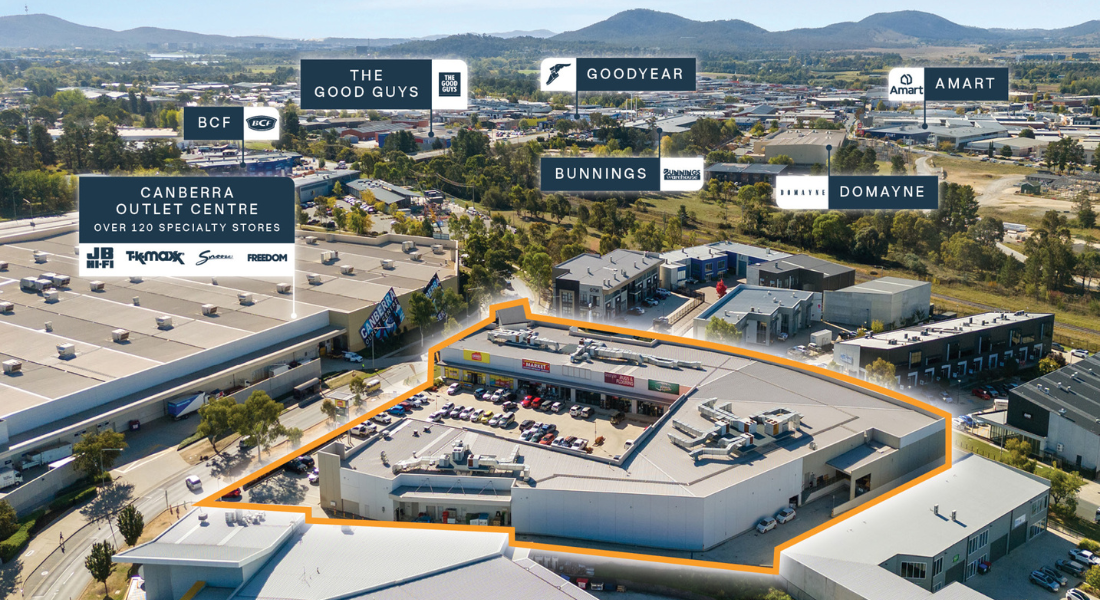ACT Planning Reforms

The ACT Planning Reforms Bill has now been introduced to the Legislative Assembly for consideration.
This follows an extensive 3-month period of community engagement on the key policy and legislative reforms, which resulted in various changes to the draft Planning Bill.
The Planning Bill 2022, which will become the Planning Act 2023, sets out the foundation of ACT’s reformed outcomes-focused planning system.
The Bill aims to deliver a planning system that is clear, easy to use and that facilitates the realisation of long-term aspirations for the growth and development of Canberra while maintaining its valued character.
This has been the Planning Bill’s several key principles which have guided its’ development, that being easy to use, certainty, flexibility and transparency.
The Draft new Territory Plan will allow the statutory functions of ACT’s planning system to become less focussed on rules and criteria and more defined by outcomes and needs of the community.
It is understood that the draft Territory Plan does not include major changes to current zoning and still sets parameters that development must meet, such as land use, building height and setback.
The LFRA has consistently advocated for and maintains its’ position that planning and zoning laws within the ACT need to provide clarity, consistency and certainty to allow retailers to meet current and future challenges.
Principally, the investment in the sector suffers from a lack of clarity and flexibility in determining whether its retailers ‘fit’ within the current available land use definitions, as well as a lack of sufficient appropriately zoned, sized and configured land to support new development.
These key challenges have been considered below in the context of the ACT Planning System Review and Reform Project and the Draft new Territory Plan.
The revised ‘Bulky Goods Retailing’ definition under the Draft new Territory Plan is unreasonably restrictive and fails to allow for emerging and innovative market trends. Large Format Retailers want to remain innovative and adapt to ensure future expansion for which this definition change does not allow.
The overall intent of the proposed changes to move towards an outcomes-based and easy-to-use planning system, supported by the LFRA however, further restrictions through the narrowing of the definition under the Draft new Territory Plan is not supported by the LFRA.
The LFRA has therefore requested that in progressing with the ACT Planning System Review and Reform Project that the following recommendations are considered:
- Review the ‘Bulky Goods Retailing’ definition to provide opportunities for ‘emerging’ and ‘innovative’ retail formats to locate within the ACT that are not currently recognised within the Draft new Territory Plan land use definitions.
- Expand the list of mandated permissible uses in the IZ1 – General Industrial zone to include ‘Bulky goods retailing’ to allow market demand to determine the most appropriate land use for a particular site.
- Allow flexibility for ‘Bulky Goods Retailing’ and ‘Industrial Trades’ to be permitted in both the IZ1 – General Industrial Zone and IZ2 – Business Zone.
- Support and adequately consider the growth of all forms of retail activity and in particular the Large Format Retail industry which is a significant and growing segment of the retail sector. It is important to acknowledge the contribution that Large Format Retail makes to the economy and the wider retail sector.
These considerations will provide flexibility and clarity to the industry and allow for the reforms to stimulate growth within the territory.
The LFRA will continue to engage with the EPSDD and provide feedback to ensure that the most appropriate outcomes are achieved to better reflect the needs of the industry.




